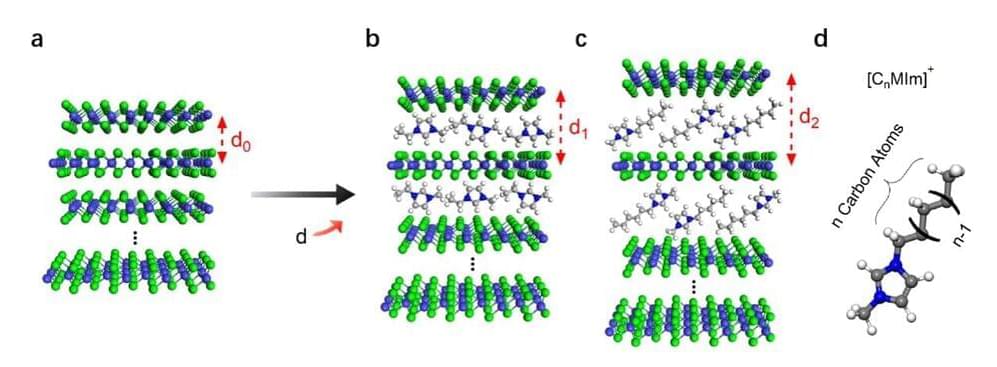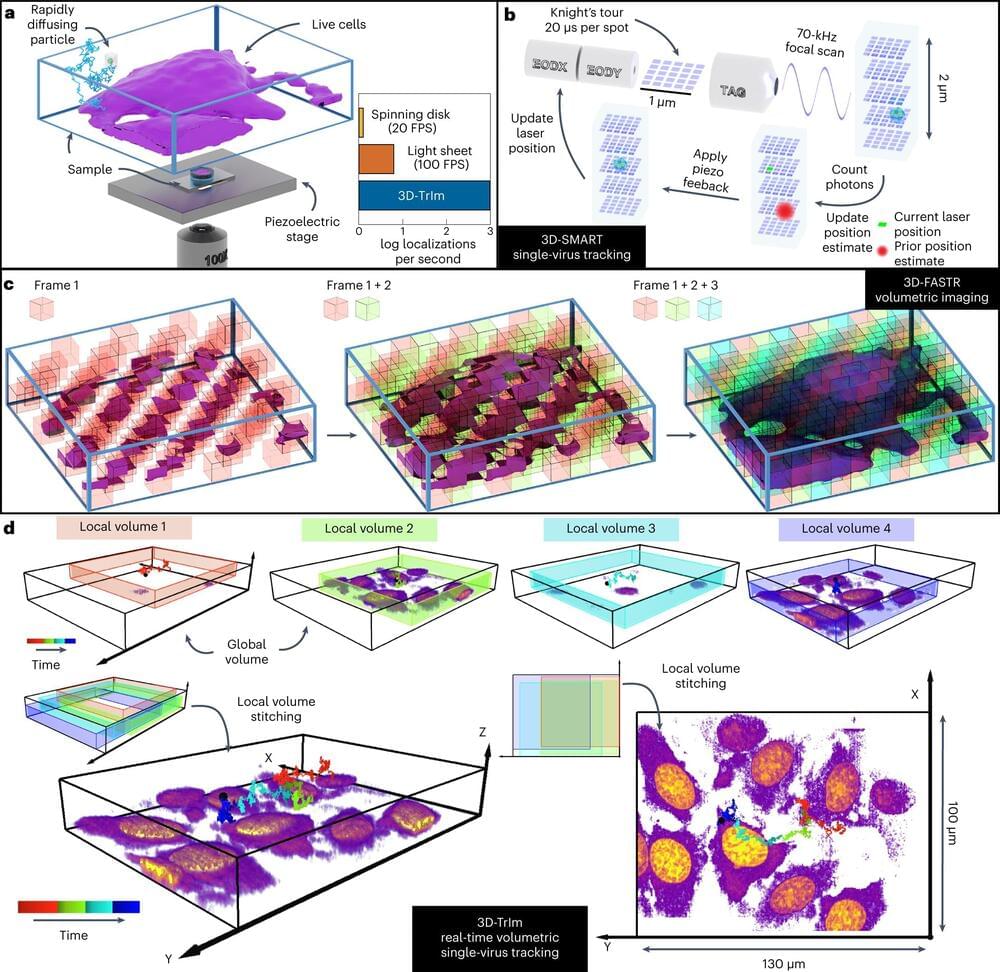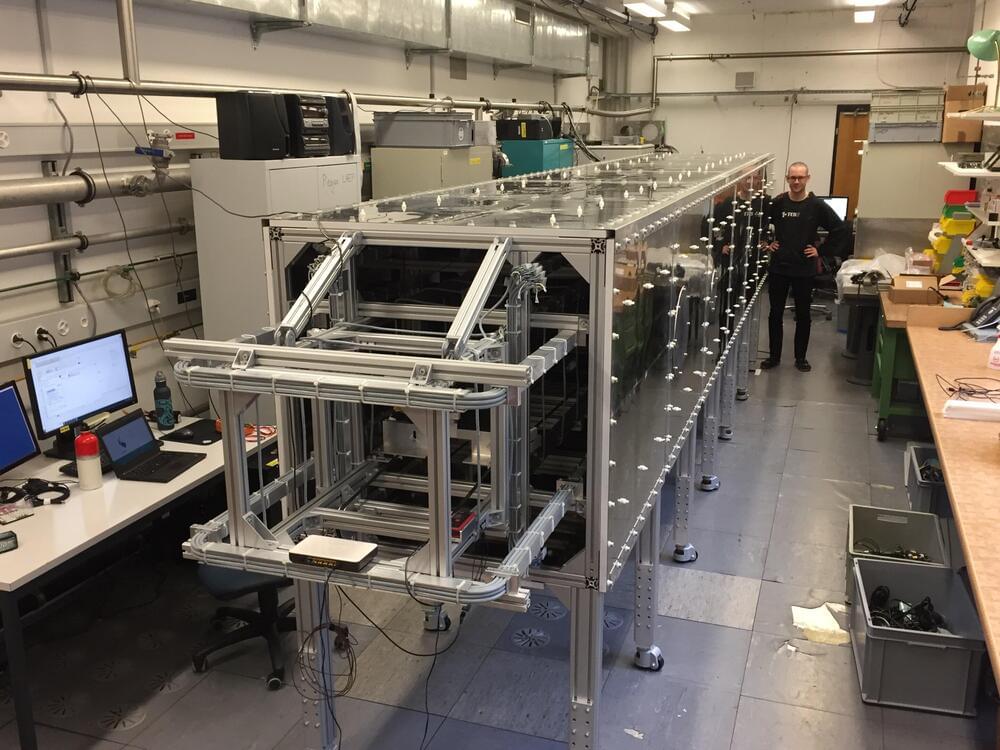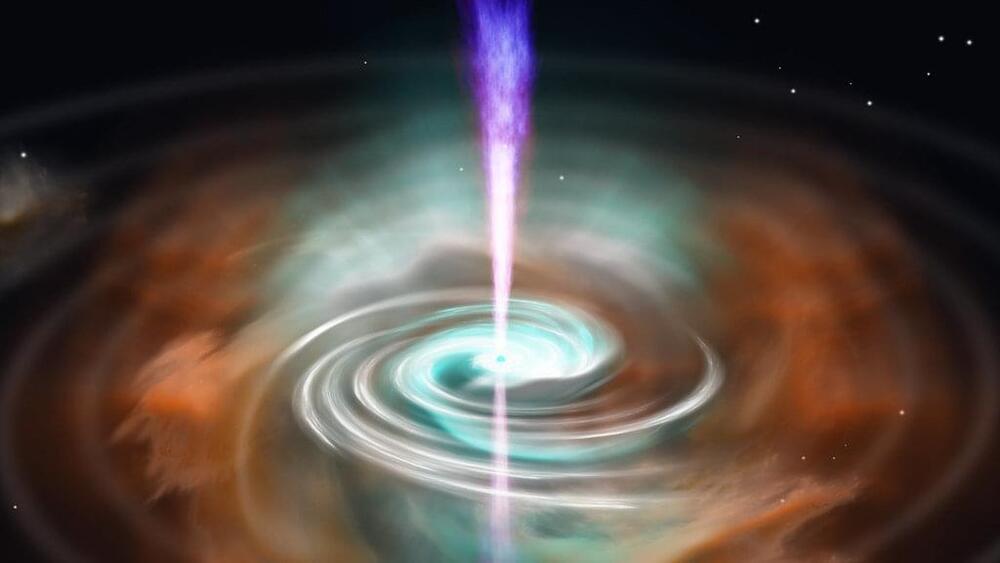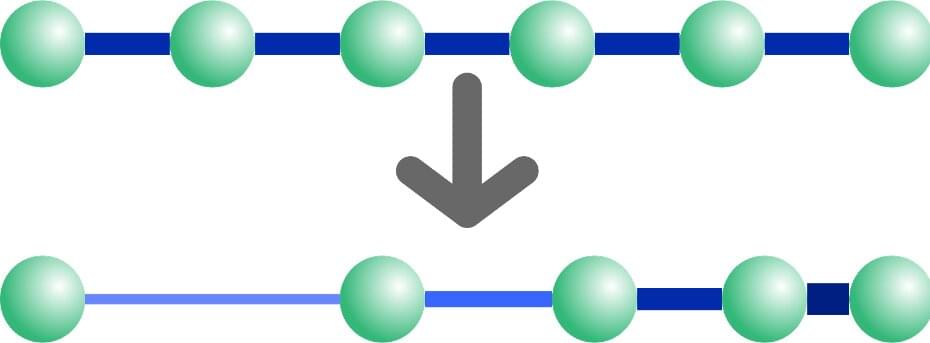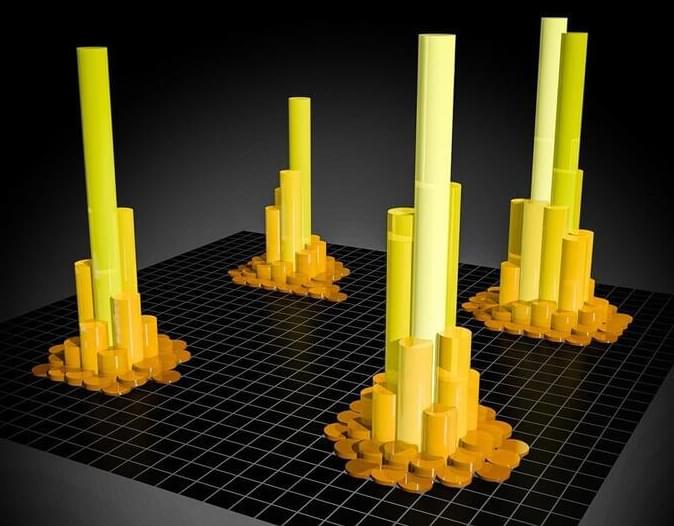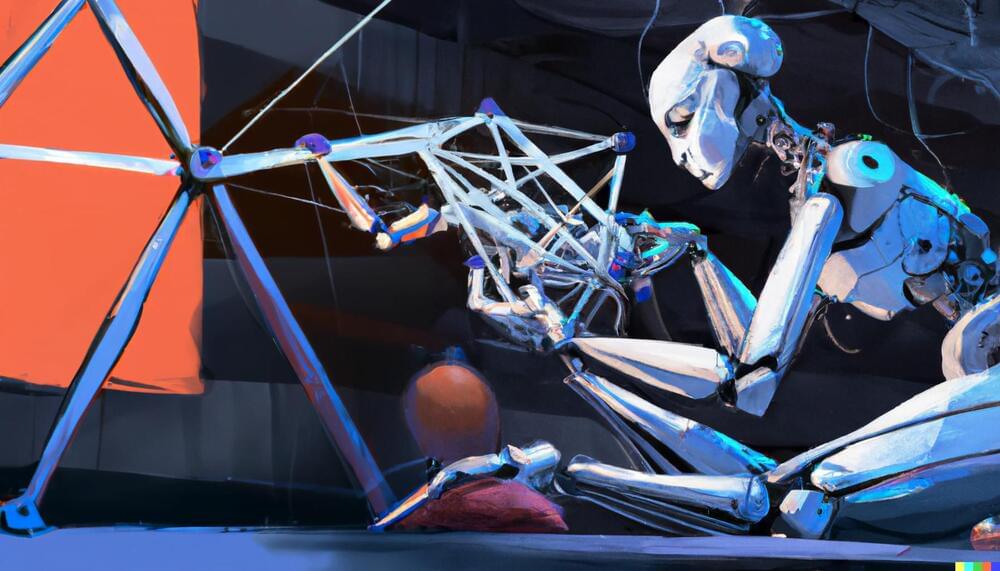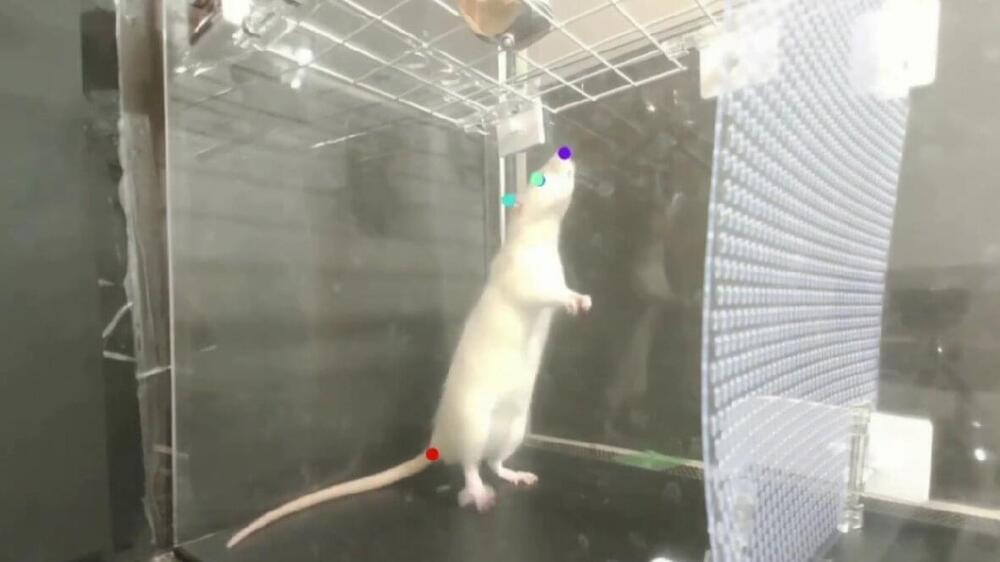Nov 11, 2022
Study demonstrates tailored Ising superconductivity in intercalated bulk niobium diselenide
Posted by Saúl Morales Rodriguéz in categories: materials, quantum physics
When 2D layered materials are made thinner (i.e., at the atomic scale), their properties can dramatically change, sometimes resulting in the emergence of entirely new features and in the loss of others. While new or emerging properties can be very advantageous for the development of new technologies, retaining some of the material’s original properties is often equally important.
Researchers at Tsinghua University, the Chinese Academy of Sciences and the Frontier Science Center for Quantum Information have recently been able to realize tailored Ising superconductivity in a sample of intercalated bulk niobium diselenide (NbSe2), a characteristic of bulk NbSe2 that is typically compromised in atomically thin layers. The methods they used, outlined in a paper published in Nature Physics, could pave the way towards the fabrication of 2D thin-layered superconducting materials.
“Atomically thin 2D materials exhibit interesting properties that are often distinct from their bulk materials, which consist of hundreds and thousands of layers,” Shuyun Zhou, one of the researchers who carried out the study, told Phys.org. “However, atomically thin films/flakes are difficult to fabricate, and the emerging new properties are sometimes achieved by sacrificing some other important properties.”
